1. Selenium sulfide might prevent ugly dandruff flakes, but it could potentially give you cancer.
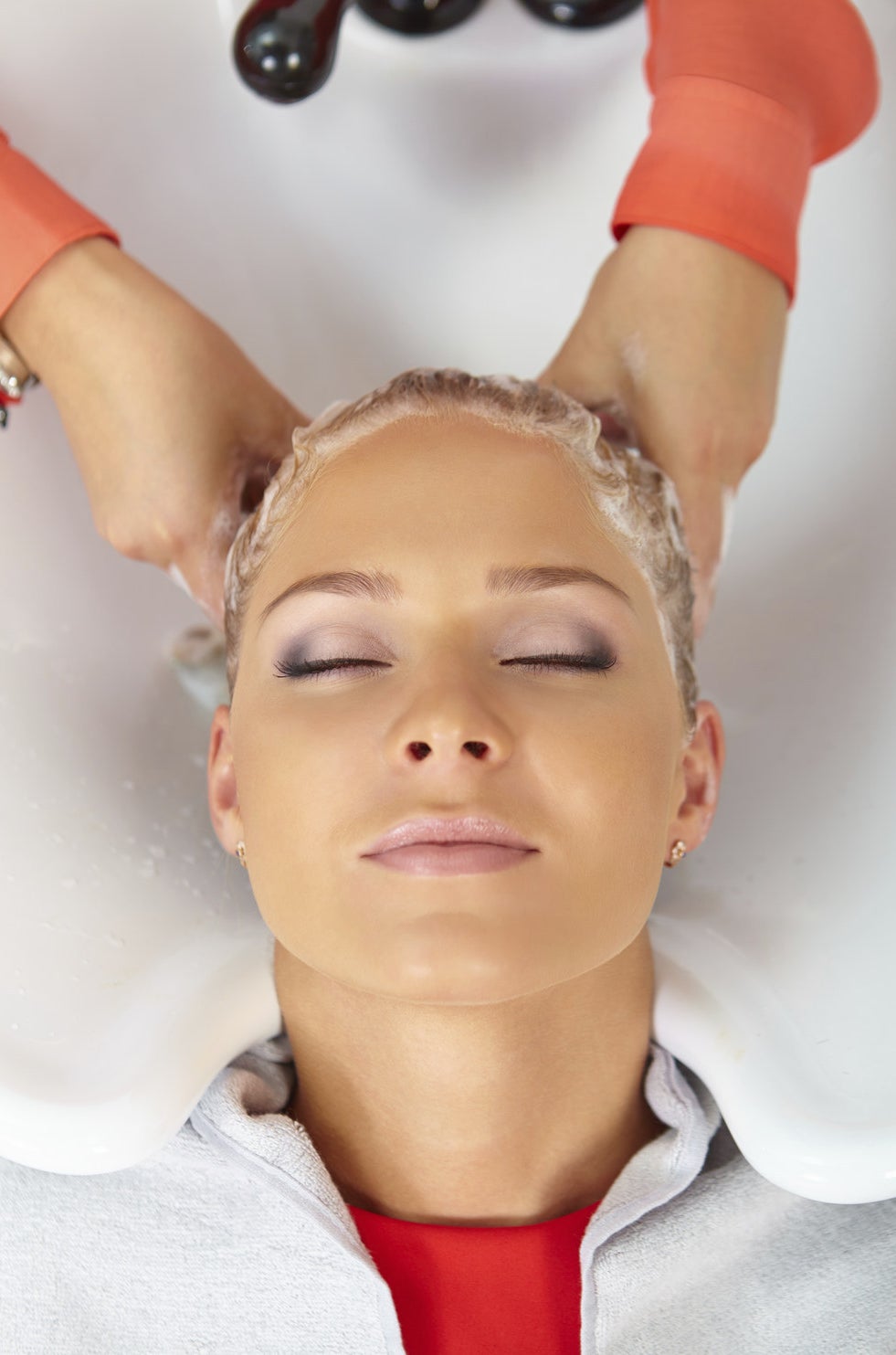
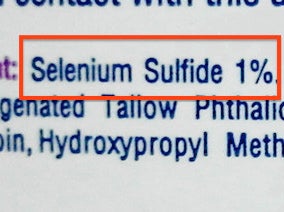
Its Uses: As an anti-dandruff agent in some shampoos.
Why It's Banned: According to a study released by the United States' National Toxicology Program, it's "reasonably anticipated to be a human carcinogen."
2. Hydroquinone bleaches out dark spots, but it's another potential carcinogen.
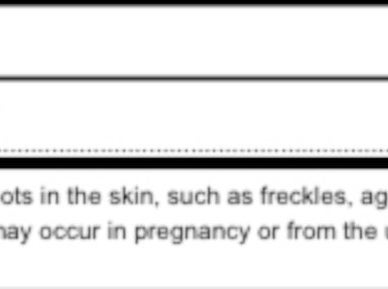

Its Uses: A skin-lightening product that fades pigmentation.
Why It's Banned: The British Journal of Cancer linked high doses of the substance to cancer in mice.
3. P-Phenylenediamine might help change your hair color, but can also make you swell up like crazy and in extreme cases, kill you.
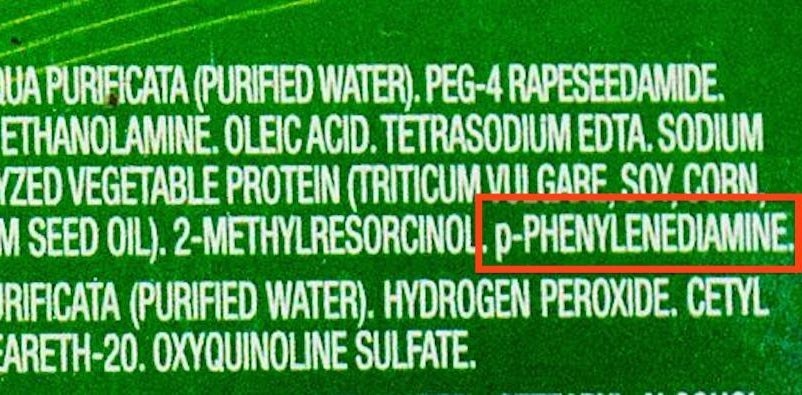
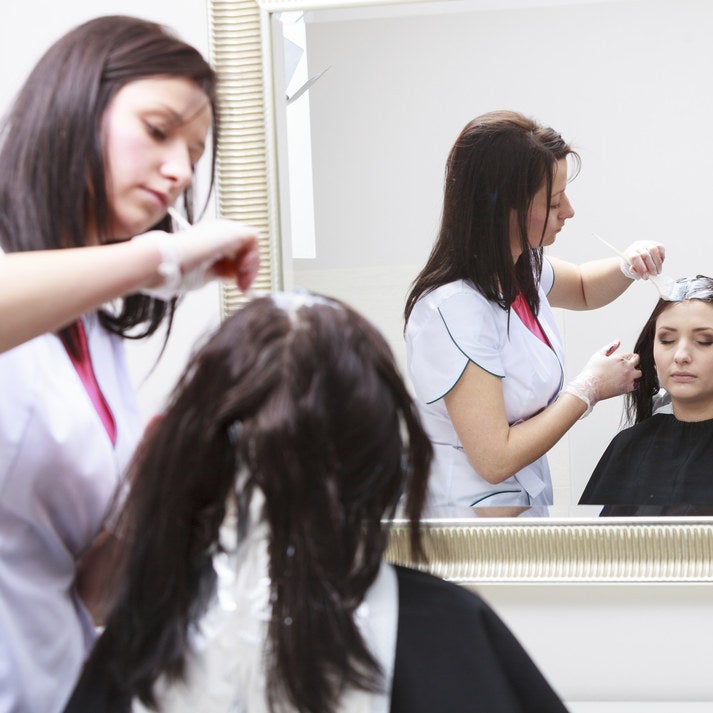
Its Uses: Used in hair dyes, especially for darker tints.
Why It's Banned: It's may cause dermatitis, asthma, and, under more severe circumstances, anaphylaxis, which is a potentially fatal allergic reaction.
4. Salicylic acid is known to treat pimples, but could potentially lead to salicylate poisoning.


Its Uses: Best known as acne treatment, salicylic acid is also a preservative.
Why It's Banned: It was banned starting in February of 2014 as a preservative and also for its close relation to acetylsalicylic acid (aspirin), which may cause salicylate poisoning and Reye's syndrome in children and young adults.
5. Formaldehyde is an effective preservative and can help nail polish stay, but it's a carcinogen that can lead to breathing problems.
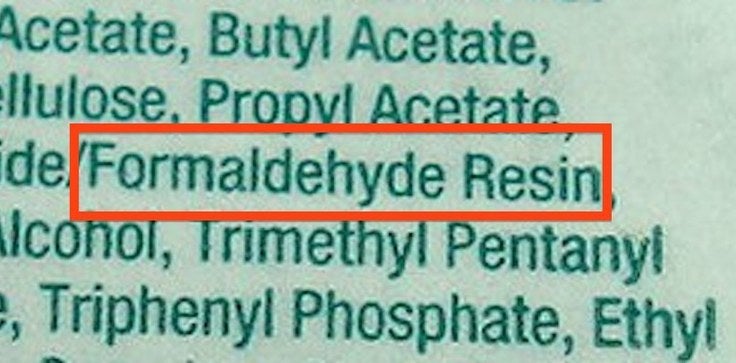

Its Uses: A preservative that also aids the production of a resin that helps some nail polishes adhere to the nail. It can be released as a gas by other ingredients, as well, which can then be inhaled.
Why It's Banned: It's a known carcinogen and could also potentially cause respiratory problems.
6. Quaternium-15 is another preservative that gives your makeup a longer shelf-life, but it releases formaldehyde.
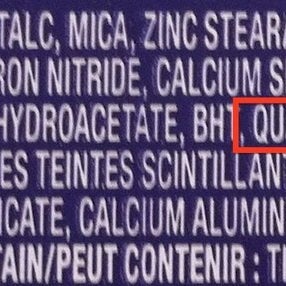
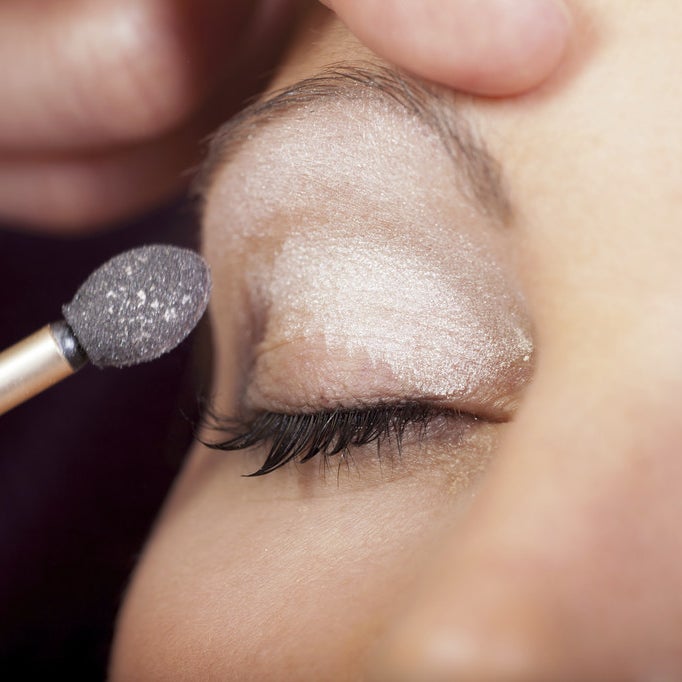
Its Uses: A preservative found in various cosmetic products, from nail polish remover to eyeshadows.
Why it's Banned: It releases formaldehyde, which may cause cancer and breathing problems.
7. Talc might keep your face from getting greasy, but it's been linked to cancer.
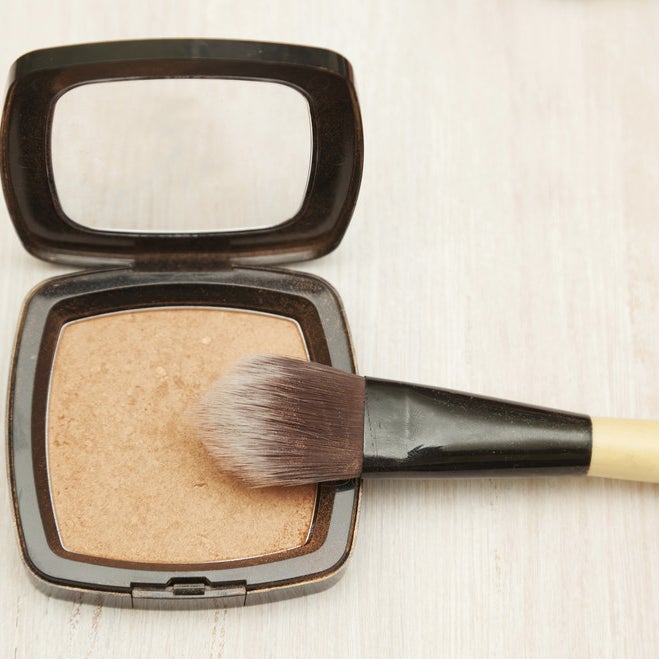

Its Uses: A bulking, and absorbent mineral, talc can be found in powdered cosmetics, deodorants, and more.
Why It's Banned: In its natural state, talc can sometimes contain asbestos, and even asbestos-free talc has been under scrutiny for being possibly carcinogenic. While there has been stringent quality control in the U.S., the ingredient is still banned in the EU.
8. Titanium dioxide might block out UV rays, but it could also be a carcinogen.

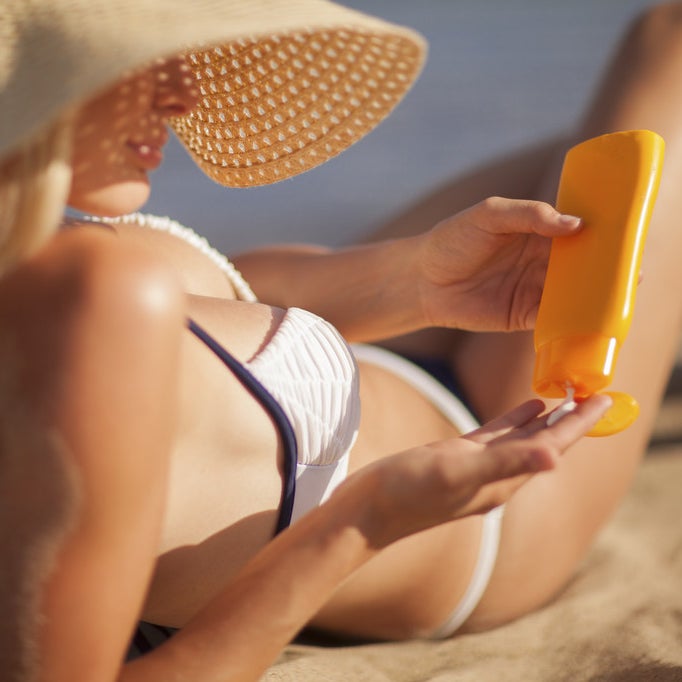
Its Uses: As a UV filter in certain sunblocks and also sometimes as an opacifier (white pigment) in makeup.
Why It's Banned: It may be a carcinogen when inhaled and can potentially cause organ-system toxicity.
9. Triclosan kills bacteria and keeps gingivitis away, but it could disrupt your hormones and weaken your heart.
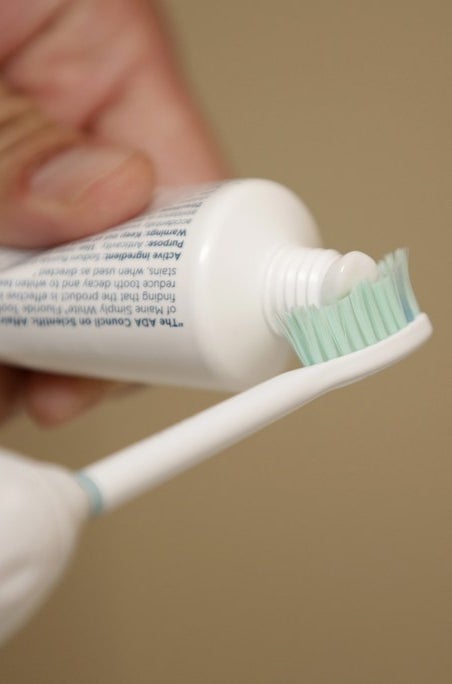
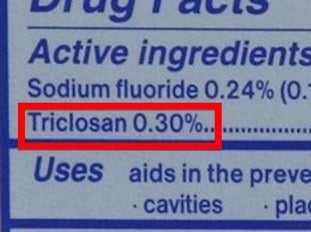
Its Uses: Fights gingivitis when used in toothpaste, and found in antibacterial soaps. It's also a preservative.
Why It's Banned: It's been linked to weakened cardiac function and other muscular functions. It's also potentially harmful to the endocrine system and might be a culprit in causing birth defects and weakened immune systems.
10. Butylparaben is another preservative, and it's accused of making men sterile.
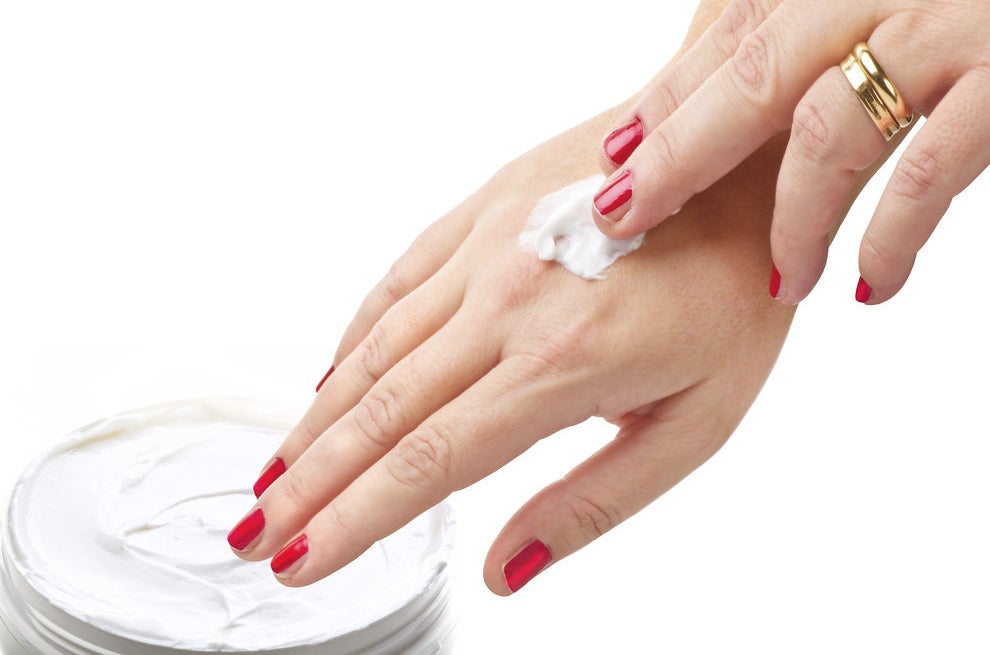
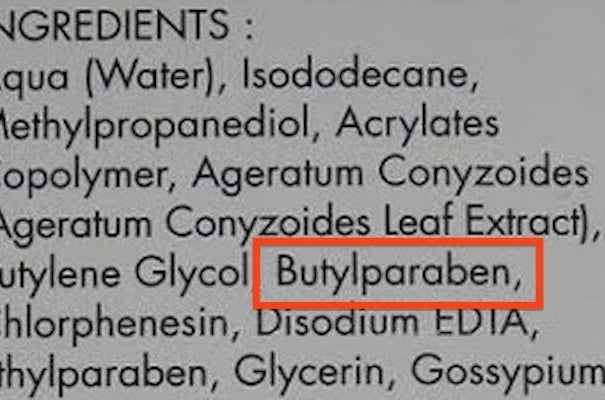
Its Uses: A commonly found preservative in beauty products ranging from lotions to perfumes to hair dyes.
Why It's Banned: It's been reported to have an adverse effect on male reproductive systems in mice due to its mimicking of estrogen.
11. Zinc stearate might makes your cheeks look pretty, but it can also give you breathing problems.

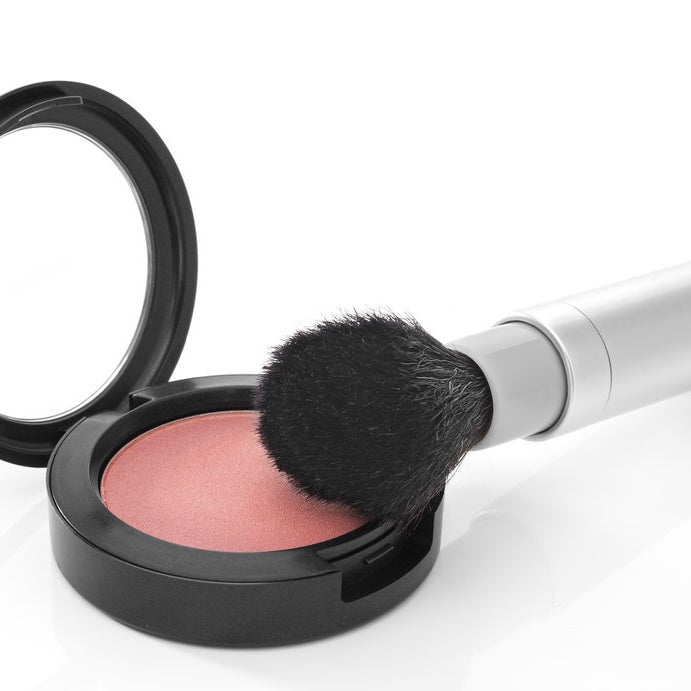
Its Uses: An anti-caking agent and colorant in makeup like blush.
Why It's Banned: It's been reported to potentially cause respiratory problems when inhaled in large doses.
12. Lead acetate might banish gray hair, but it could put you at risk for lead poisoning.
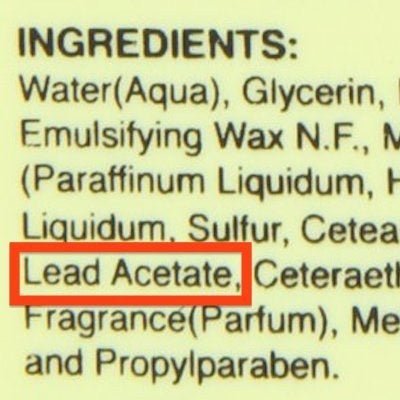
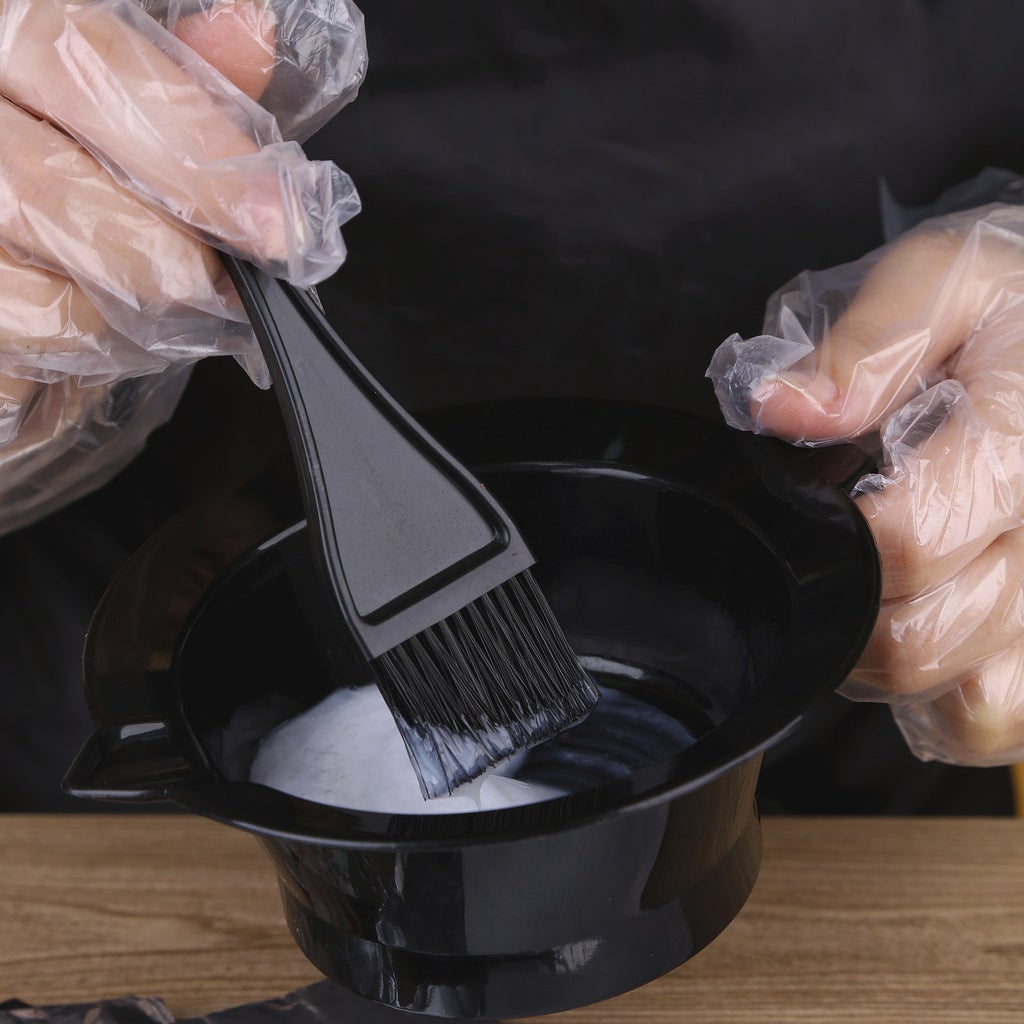
Its Uses: Found primarily in certain progressive hair dyes to help deposit color over a number of uses, especially to cover white and gray hair.
Why It's Banned: While there's little evidence that suggests lead is absorbed through the scalp, the residue on hands, combs, and hair dryers may be easily ingested, which might lead to lead poisoning, which can lead to seizures, coma, and, in the worst cases, death.
